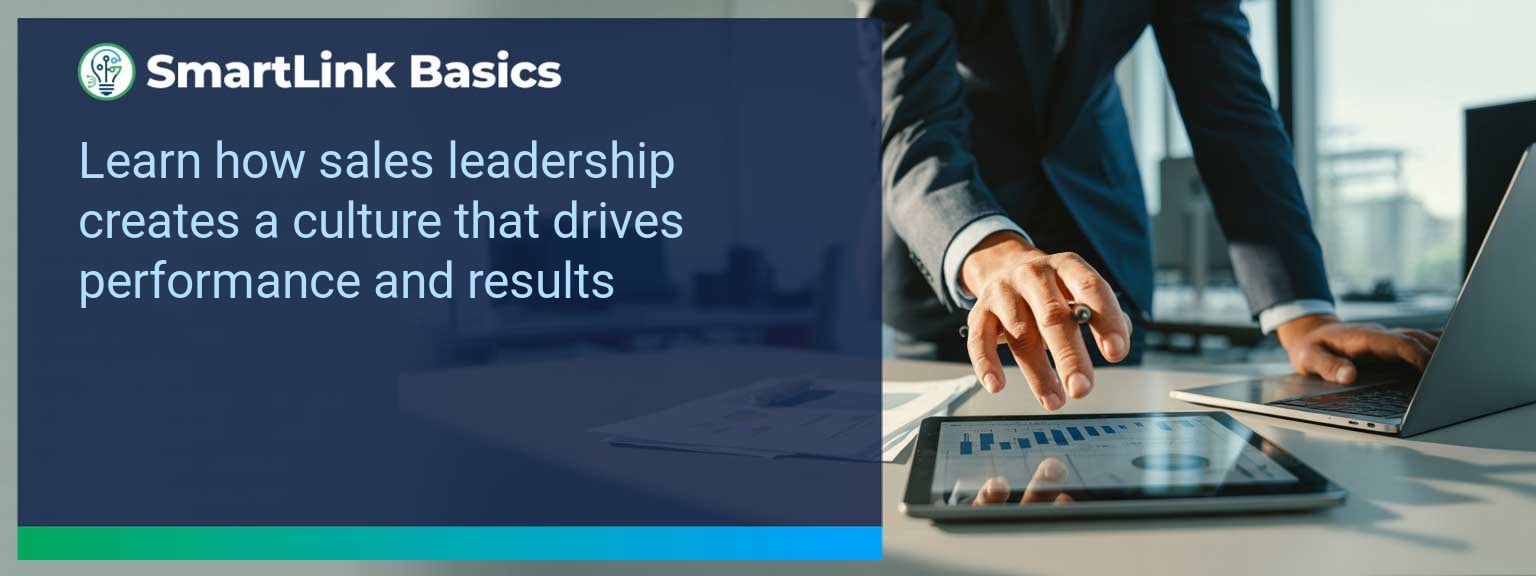Industry data shows that organizations adopting AI-driven automation achieve cost reductions of up to 30% while accelerating sales cycles by 20% or more (McKinsey, 2024). For sales leaders, AI automated workflows now define competitive advantage, enabling teams to reallocate time from repetitive tasks to high-value engagements. At SmartLink Basics, we help decision-makers implement these systems strategically, ensuring they integrate with existing revenue operations. In this article, you’ll see how AI automated workflows power business outcomes, the common obstacles that slow adoption, and practical steps to optimize processes. You’ll walk away with proven examples, a 90-day action blueprint, and measurable KPIs to track results.
- Automate repetitive administrative and CRM updates with AI.
- Integrate machine learning to personalize outreach at scale.
- Streamline approvals, quotes, and contract workflows for speed.
- Use predictive analytics to prioritize sales opportunities.
- Track adoption and performance with targeted metrics.
AI Automated Workflows: What Changed and Why It Matters
AI adoption has shifted from experimental to operational, making automated workflows a standard in high-performing sales organizations. The real advantage lies in combining workflow automation with artificial intelligence workflows to optimize every step of the revenue process. Sales leaders now use AI to synchronize touchpoints, reduce manual inputs, and ensure faster execution. For example, a B2B SaaS leader introduced automated lead enrichment and routing, cutting qualification time by 60%. Actionable insight: Audit processes for time-intensive handoffs and apply AI where repeatability is high.Redesign the Revenue Operating System With AI Automated Workflows
ICP, Segmentation, and Targeting AI-enabled segmentation uses historical wins, firmographic, and behavioral data to dynamically update ICP profiles. This ensures targeting precision without quarterly re-work. Pipeline Architecture Automated workflows push opportunities through the right stages based on engagement signals. AI flags at-risk deals for intervention. Plays and Messaging Integrated automation tools deliver personalized sequences based on buyer activity, increasing relevance at every touchpoint. Operating Cadence AI schedules follow-ups, forecast calls, and account reviews based on actual pipeline movement rather than static calendars. Actionable insight: Implement automation that adapts in real-time to both internal and buyer-driven events.Common Obstacles To Achieving Seamless Automation
The most frequent challenges are fragmented systems, inconsistent data quality, and cultural resistance. Without a unified data layer, automation amplifies errors rather than solving them. Coca-Cola Europacific Partners reported needing a full data governance upgrade before AI could improve sales workflows. Leaders must first assess infrastructure readiness and train teams to trust AI-influenced recommendations. Actionable insight: Before deployment, establish clean data practices and a single source of truth.Implementing AI To Optimize Workflows
Effective deployment of AI process optimization starts with mapping current-state processes, identifying friction points, and matching them with automation tools. For example, automating proposal generation based on CRM opportunity data can reduce turnaround from three days to one hour. Solutions combining business process automation platforms with machine learning integration enable continuous performance improvement. Actionable insight: Pilot in one high-impact stage, measure, and then expand.Tangible Benefits From Automated Processes
The benefits extend beyond time savings — sales leaders gain a scalable system. Tangible outcomes include faster quote-to-close, higher lead conversion, and better forecast accuracy. A manufacturing firm implemented AI-assisted order processing and cut errors by 40%, improving on-time delivery rates. Actionable insight: Track both speed and accuracy to measure workflow automation effectiveness.Metrics That Matter
| Category | Metric | Definition | Target |
|---|---|---|---|
| Leading | Workflow Completion Rate | % of automated sequences executed without manual intervention | 95%+ |
| Leading | AI Suggestion Adoption Rate | % of AI-generated action recommendations executed by reps | 80%+ |
| Lagging | Cycle Time Reduction | Decrease in time from lead entry to closed-won | 20%+ |
| Lagging | Revenue Per Rep | Average sales revenue generated per sales rep per quarter | +15% YoY |
| Quality | Automation Error Rate | % of workflows that trigger incorrect outcomes | <1% |
| Quality | Customer Satisfaction Post-Automation | Average CSAT score after automation implementation | ≥ 4.5/5 |
Innovations And Next Steps For AI Automation
Emerging capabilities like AI-generated playbooks, intent-driven dynamic routing, and integrated AR for virtual product demos are shaping the next wave of sales automation. Companies integrating these tools early will outpace competitors in speed and personalization. Actionable insight: Stay ahead by testing emerging automation features quarterly and aligning them with evolving buyer expectations.Get the 90-day plan, coaching rubric, and dashboard template to operationalize AI in your enablement program.
Turning AI Automation Into a Revenue Multiplier
AI automated workflows are now a strategic lever for predictable, scalable growth. This guide outlined current applications, adoption challenges, a 90-day execution plan, and measurable success criteria. To make automation pay off, sales leaders should integrate tools into one cohesive operating system and review results monthly for continuous improvement. Access more AI-driven sales enablement resources from SmartLink Basics to design a high-performance automation strategy. A sales organization rises or falls on the strength of its leadership. At SmartLink Basics, we have seen that a strong sales leadership framework directly shapes culture, accelerates performance, and drives consistent revenue growth. Yet many sales teams remain stuck in cycles of reactive management instead of proactive, structured execution. This post focuses on why establishing a winning sales culture is critical to sustaining results, how to identify the barriers that hold teams back, and how to implement proven strategies that enhance both productivity and morale. In the next few minutes, you will gain a clear roadmap to strengthen sales culture, improve sales team management, and deliver measurable, repeatable sales performance gains across your organization.- Establish a clear, purpose-driven sales culture.
- Identify and address internal barriers to performance.
- Implement structured processes and sales strategies.
- Measure progress using leading and lagging metrics.
- Commit to ongoing leadership development and team motivation.
Recognizing Barriers That Limit Sales Team Success
Barriers to performance often hide in plain sight. Inconsistent leadership messaging, unclear sales strategies, and lack of accountability create friction that directly impacts results. Without a cohesive framework, sales team management becomes reactive, morale declines, and top performers disengage. One example is a team operating with outdated activity metrics that don’t align with current buyer behavior. This gap results in wasted effort and missed opportunities. Actionable Insight: Audit your sales processes quarterly to identify where leadership decisions, sales culture, or KPIs are misaligned with market realities. Engage the team in the discussion to foster ownership.Implementing Strategies to Strengthen Team Performance
Effective sales leadership requires more than motivation—it demands structured execution. Aligning team behaviors with top-line goals starts with clear role definitions, streamlined processes, and a shared understanding of value propositions. For example, a high-performing sales culture often uses a defined opportunity management process, supported by regular stand-ups where blockers are discussed openly and solutions assigned on the spot. Actionable Insight: Create a documented playbook for sales strategies, including qualification frameworks, messaging templates, and follow-up cadences. Train to it consistently, reinforcing best practices through coaching.Measurable Impact on Sales Growth and Team Morale
Sales leadership excellence reflects in both performance data and team sentiment. A well-executed sales culture builds high performance teams where individuals are motivated, aligned, and capable of exceeding targets. A mid-market SaaS company that formalized its leadership cadence and coaching program saw a 19% increase in quarterly revenue and a 25% improvement in employee engagement scores in under six months. Actionable Insight: Track both revenue growth and qualitative indicators like onboarding satisfaction and lead-to-close confidence ratings.Metrics That Matter
| Category | Metric | Definition | Target |
|---|---|---|---|
| Leading | Qualified Pipeline Coverage | Ratio of pipeline value to target revenue | 3x coverage |
| Lagging | Closed-Won Revenue | Total revenue from closed deals | 100%+ of quota |
| Quality | Win Rate | Percentage of opportunities that convert to closed-won | 35%+ |
Continuing the Evolution of Sales Excellence
Sustaining a winning sales culture requires ongoing leadership skills development, refinement of sales strategies, and the courage to adapt processes as the market shifts. Reviewing the operating cadence quarterly ensures that sales performance remains tied directly to revenue growth objectives. Actionable Insight: Build leadership forums where team leads share best practices and troubleshoot challenges together, fostering alignment and advancing sales culture maturity.Get the 90-day plan, coaching rubric, and dashboard template to operationalize AI in your enablement program.









